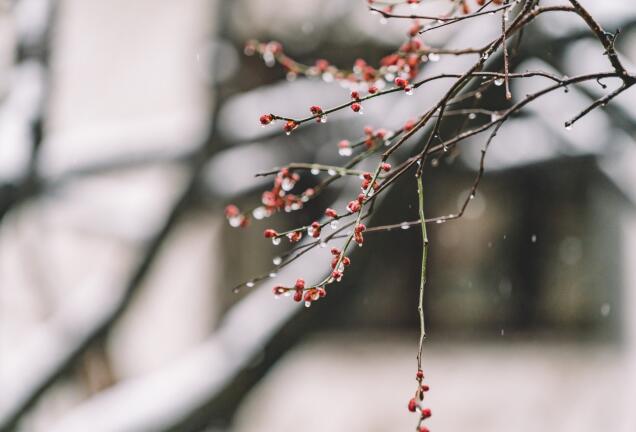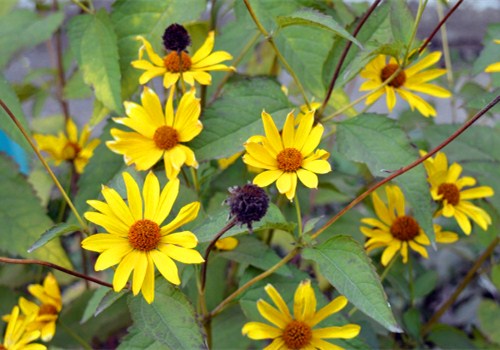What is the moral of plum blossom? What are the points for attention in planting?
Plum blossom is a traditional famous flower in China, and it has been argued that it has become a national flower. So what is the moral of plum blossom? What are the points for attention in planting plum blossoms? Below, there is an editor of Tuliu.com to answer them one by one.
I. the moral of plum blossom
1. The flower language of plum blossoms
Strong, noble, proud of snow and frost, indomitable, handsome and proud
2. The moral of plum blossom
The five petals of plum blossoms correspond to Wufu. The first petal of plum blossom symbolizes the peace that mankind craves most, the second petal symbolizes happiness, the third petal symbolizes smooth, the fourth petal symbolizes longevity, and the fifth petal symbolizes luck. The fragrance of plum blossoms comes from the cold winter. The more winter the flowers wither, the more plum blossoms will bloom. The more cold it is, the more beautiful it is. Therefore, since ancient times, plum blossom is proud of snow and frost, not afraid of power, strong and beautiful meaning.

Second, the maintenance skills of plum blossoms
Although the plum blossoms bloom in the cold season. But it is also in the south or around the Yellow River. It's too north. It's too cold to bear. You can try to feed with potted plants first. Because the weather temperature in winter in the north is relatively low, it is more convenient to plant potted plants indoors for overwintering.
2. we can choose the most suitable season for planting plum blossoms after falling leaves or just before sprouting in spring. When transplanting, in order to improve the survival rate of plum blossoms, try to avoid touching the roots of plum blossoms, so as not to damage their roots.
3. As for the soil, we can make some nutritious soil by ourselves, such as river sand, vegetable garden soil, rotten leaf soil mixed with rotten barnyard manure for planting and cultivation. After planting, we can water it once and put it in a cool and ventilated place. After the plum blossom root system returns to normal growth, it can be moved to a sunny place for maintenance.
4. Plum blossoms usually fall their leaves after Cold Dew, which is a normal phenomenon at this time. If the leaves fall in spring and autumn, the impact of flowering is not great, improper watering or the soil is too moist is the main cause of falling leaves.
Time: 2019-03-12 Click:
- Prev

Jerusalem artichoke (Jerusalem artichoke) planting methods introduced! What are the planting prospects for 2019?
Jerusalem artichoke is also called Jerusalem artichoke, Ginger, Chrysanthemum, Five-star grass, Fanqiang, etc. It is a herb belonging to sunflower genus of Compositae. Its underground stems can not only be eaten, but also used for medicinal purposes. It can also be used as raw materials for starch and alcohol production. So, how does Jerusalem artichoke grow? What are the planting prospects for 2019? Introduction to Jerusalem artichoke!
- Next

Introduction to the culture method of "insectivorous plant" flytrap!
Flytrap is a famous insectivorous plant, which is liked by many people because of its ornamental value and fly-catching effect, and has become one of the beloved family potted plants. then the editor will introduce to you the culture methods of flytrap: substrate.
Related
- Fuxing push coffee new agricultural production and marketing class: lack of small-scale processing plants
- Jujube rice field leisure farm deep ploughing Yilan for five years to create a space for organic food and play
- Nongyu Farm-A trial of organic papaya for brave women with advanced technology
- Four points for attention in the prevention and control of diseases and insect pests of edible fungi
- How to add nutrient solution to Edible Fungi
- Is there any good way to control edible fungus mites?
- Open Inoculation Technology of Edible Fungi
- Is there any clever way to use fertilizer for edible fungus in winter?
- What agents are used to kill the pathogens of edible fungi in the mushroom shed?
- Rapid drying of Edible Fungi

